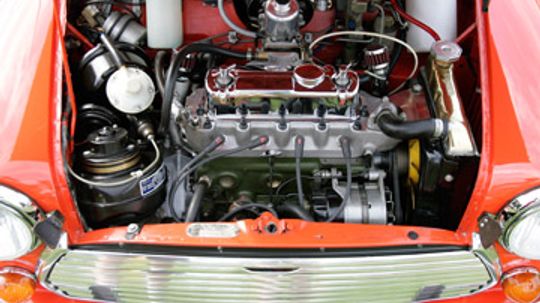Fuel hoses play a crucial role in the proper functioning of any vehicle’s fuel system. Regular maintenance and timely replacement of these hoses are essential to ensure optimal performance and prevent potential hazards. In this article, we will explore efficient techniques for replacing fuel hoses, ensuring a smooth process that guarantees safety and reliability.
The Importance of Proper Fuel Hose Replacement
When it comes to maintaining your vehicle’s fuel system, replacing worn-out or damaged fuel hoses is paramount. Over time, these hoses can deteriorate due to exposure to heat, chemicals, and constant pressure from the fuel flow. A failure in the integrity of a fuel hose can lead to leaks or even ruptures, posing serious risks such as fire hazards or engine malfunctions.
To avoid such dangers and maintain optimal performance levels, it is crucial to replace old or faulty fuel hoses promptly. By doing so, you not only ensure your safety but also contribute to extending the lifespan of other components within the fuel system.
Step-by-Step Guide for Replacing Fuel Hoses
Replacing your vehicle’s fuel hoses may seem like a daunting task; however, by following these step-by-step instructions carefully, you can efficiently complete the process:
- Gather necessary tools: Before starting the replacement procedure, make sure you have all the required tools readily available. These typically include safety gloves, pliers or wrenches (depending on hose clamps), new hose(s) compatible with your vehicle model specifications.
- Safety precautions: Prioritize personal safety by wearing protective gear such as gloves and goggles throughout the entire process.
- Determine hose locations: Identify all existing fuel hoses that require replacement. Refer to your vehicle’s manual or consult a professional if needed.
- Prepare the fuel system: To avoid any potential hazards, ensure that the engine is turned off and cool before proceeding with hose replacement. Additionally, relieve any residual pressure in the fuel system by carefully disconnecting the battery and removing the gas cap.
- Remove old hoses: Using appropriate tools, gently loosen and remove clamps securing the old hoses in place. Take note of their original positions for accurate installation of new hoses later on.
- Install new hoses: Carefully attach each new hose to its designated location, ensuring a secure fit. Use pliers or wrenches to tighten clamps firmly but not excessively, as overtightening can damage both the hose and fittings.
- Test for leaks: Once all new hoses are securely installed, it is crucial to test for any potential leaks before starting your vehicle’s engine. This can be done by turning on the ignition without starting the engine while closely inspecting each connection point for signs of leakage.
In Conclusion
Maintaining a healthy fuel system is vital for optimal vehicle performance and safety. By following these efficient techniques outlined above when replacing your fuel hoses, you can ensure a smooth process while safeguarding yourself from potential hazards associated with faulty or worn-out components. Remember always to prioritize personal safety throughout every step of this procedure and consult professionals whenever necessary.


